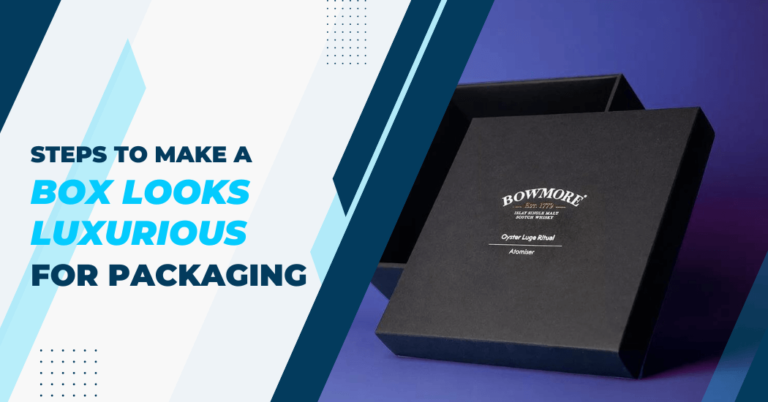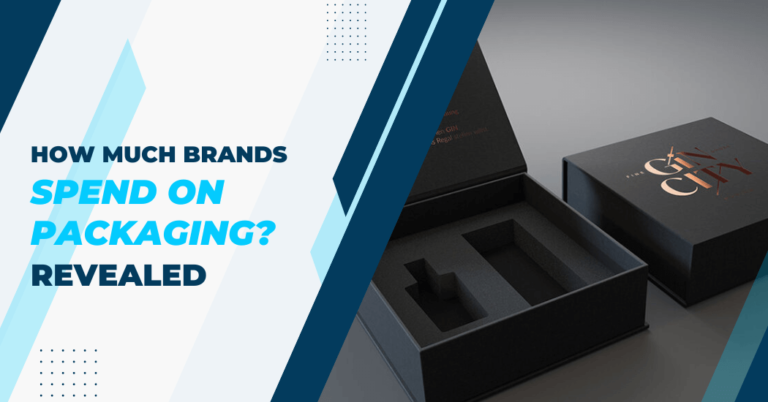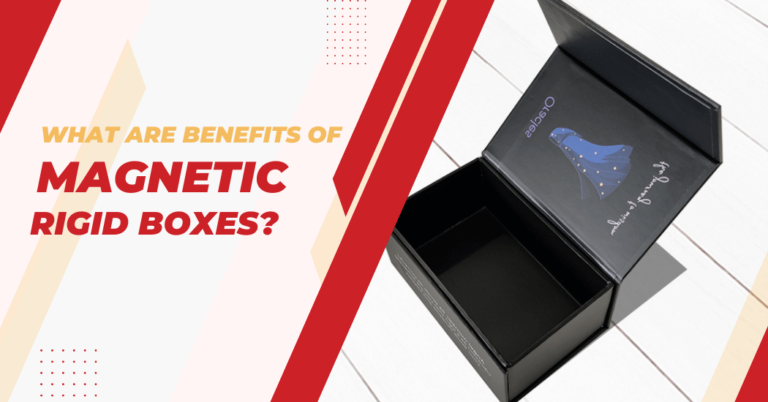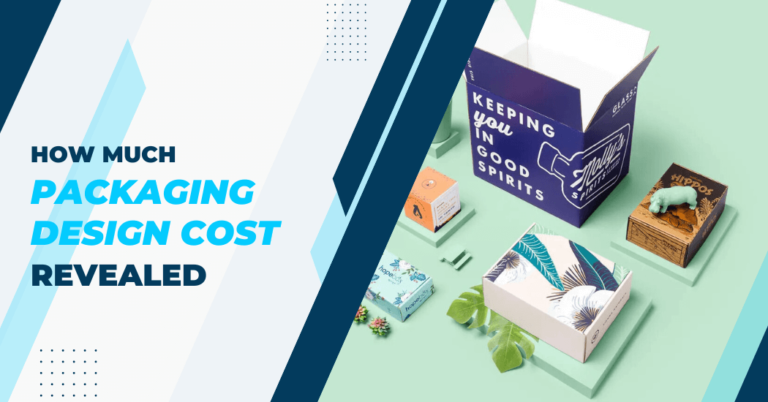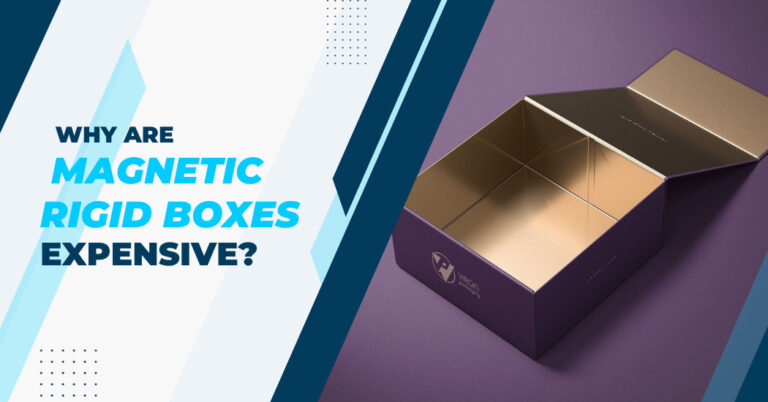Global Luxury Packaging Market Size & Trends | 2024
Attention all packaging enthusiasts and industry experts! Have you ever wondered just how big the luxury packaging market is? From premium cosmetics to high-end jewelry, luxury items require a certain level of sophistication in their presentation.
And as we know, first impressions are crucial when it comes to these lavish products. So exactly how much does the world spend on luxury packaging?
In this blog post, we will delve into the latest statistics and trends of the luxury packaging market, exploring its immense growth and potential opportunities for businesses.
Get ready to be amazed by the numbers behind this booming industry that is reinventing traditional methods of branding and marketing.
Whether you are a curious consumer or a business owner looking to tap into this lucrative market, keep reading for an eye-opening analysis of just how big the luxury packaging market truly is.
Luxury Packaging Market in 2024
Luxury packaging market is experiencing a significant surge, with forecasts projecting it to reach a value of approximately $22.37 billion by 2025. This robust growth is fueled by the increasing demand for high-quality and aesthetically pleasing packaging among luxury goods manufacturers who aim to enhance the unboxing experience for their customers.
As brands continue to recognize the value added by premium packaging to the overall product appeal, the industry is witnessing substantial investments in innovation, materials and design techniques. This dedication to excellence in packaging is not only a testament to the market’s size but also to its pivotal role in the luxury segment.
Furthermore, the luxury packaging market is not limited to specific regions or countries. It has a global presence, with key players operating in various parts of the world and catering to an international clientele.
This widespread reach is facilitated by evolving distribution channels, including e-commerce platforms, making luxury goods more accessible than ever before. As consumers’ purchasing power increases, it is expected that this trend will continue to grow, further driving the demand for luxury packaging.
So, while the current size of the luxury packaging market may seem impressive, it is only a glimpse of its potential growth in the future.
As technological advancements and changing consumer behaviors continue to shape the industry, we can expect even more significant figures in the coming years.
Statistics On Current Size of Luxury Packaging Market Globally
| Region Trends | Estimated Market Size (USD billion) | Percentage of Global Market | Notable |
|---|---|---|---|
| North America | 7.2 | 32% | Growth was driven by high-end electronics and sustainable packaging innovations. |
| Europe | 6.89 | 31% | Strong demand from luxury fashion and gourmet food sectors. |
| Asia-Pacific | 5.90 | 26% | Rapid expansion due to the growing middle class and emphasis on luxury cosmetics. |
| Middle East & Africa | 1.04 | 5% | Luxury market development is mostly in GCC countries, with luxury retail booming. |
| Latin America | 1.33 | 6% | Economic recovery and retail growth led to a rise in luxury packaging investments. |
The above table outlines the current size of the luxury packaging market globally in 2024, broken down by region. North America and Europe take the lead, accounting for nearly two-thirds of the market, propelled by their established economy and a strong presence of luxury brands.
The Asia-Pacific region is not far behind and is rapidly growing due to increasing wealth and consumer interest in luxury goods.
Middle East & Africa, along with Latin America, although smaller in comparison, are showing promising growth as emerging markets. Trends in each region reflect both economic dynamics and consumer preferences shaping the luxury packaging industry worldwide.
Key factors contributing to the growth of luxury packaging market
Several key factors are propelling the growth of the luxury packaging market. These include:
- Brand differentiation: In a market teeming with choices, luxury brands leverage packaging as a critical differentiator to create a unique identity and stand out from the competition.
- Increased gifting culture: The rise in gifting culture, especially in the corporate and personal luxury segments, necessitates premium packaging to enhance the perceived value of the gift.
- Sustainability concerns: Consumers are increasingly environmentally conscious, prompting luxury brands to invest in sustainable packaging solutions that are both luxurious and responsible.
- Technological advances: Innovations in packaging technologies have allowed for more intricate designs and personalization options, which are highly valued in the luxury market.
- E-Commerce growth: The surge in online luxury purchases has amplified the need for packaging that not only protects the contents during shipping but also delivers an unboxing experience that aligns with the brand’s in-store service.
- Customization and personalization: Luxury brands understand that their customers seek exclusivity and personalize their packaging to create an intimate connection with the product.
Challenges faced by the luxury packaging market
While the luxury packaging industry holds great potential, it also faces certain challenges, including:
- High costs: Producing premium packaging using high-end materials and intricate designs comes at a significant cost, making it necessary for luxury brands to balance the expense with their budget carefully.
- Counterfeiting: Luxury packaging is often designed to be visually striking, which increases the risk of counterfeit products entering the market and diluting brand’s reputation.
- Sustainable solutions: Despite efforts towards sustainability, some luxury packaging materials such as UV and foils, are not easily recyclable or compostable, leading to environmental concerns.
- Limited shelf life: With the primary purpose of luxury packaging being to enhance the product’s perceived value, it may be discarded soon after purchase, limiting its functional lifespan.
- Supply chain complexities: The production of luxury packaging often involves multiple stages and suppliers, making it challenging to maintain consistency in quality and design.
- Changing consumer preferences: As consumer preferences continue to evolve, luxury brands must stay updated with market trends and keep reinventing their packaging to remain relevant.
Future projections and opportunities for growth in the luxury packaging market
- Rising disposable income: As global economies recover from the impact of the pandemic and the middle class expands in emerging markets, disposable income will increase, leading to a higher demand for luxury goods and their packaging.
- Shift towards sustainable options: With increasing environmental concerns, luxury brands will continue to invest in sustainable packaging solutions to meet consumer expectations and reduce their carbon footprint.
- Technological advancements: Advancements in technology, such as smart packaging and interactive designs, will drive innovation in the luxury packaging market, presenting new growth opportunities.
- E-commerce dominance: Trend of online luxury shopping is expected to continue, with more brands investing in creating a seamless unboxing experience for their customers, driving the demand for premium packaging.
- Emerging markets: As emerging markets continue to grow and develop, there will be an increase in demand for luxury goods and their packaging, particularly in regions like Asia-Pacific, Middle East & Africa and Latin America.
- Brand collaborations: Luxury brands are increasingly collaborating with artists, designers and other luxury brands to create limited-edition products packaged in unique and creative ways, driving the demand for specialized luxury packaging solutions.
FAQs – Luxury Packaging Market
Are there sustainability concerns related to luxury packaging?
Yes, sustainability is a significant concern for the luxury packaging market. Brands are under pressure to use materials and designs that reduce environmental impact without compromising on quality or aesthetics.
How is technology influencing the luxury packaging market?
Technological advances are enabling the integration of digital features such as QR codes, augmented reality and near-field communication (NFC) chips, as well as enabling customization and personalization at scale.
How is the rise of e-commerce affecting luxury packaging?
The surge in online luxury purchases has led to an increased focus on protective packaging that can also offer a high-quality unboxing experience, maintaining the brand’s reputation and customer satisfaction.
What strategies are luxury brands using to address environmental concerns?
Brands invest in eco-friendly materials and designs like bamboo, plant-based plastics and recycled paper. They are also exploring innovative methods like circular supply chains to minimize their environmental footprint.
Final Words
The luxury packaging market is vast and dynamic, characterized by its drive toward innovation, personalization and sustainable practices. With the rise of e-commerce and changing consumer preferences, brands continue to invest heavily in premium, protective and personalized packaging solutions.
The integration of technology and focus on eco-friendly materials showcase the industry’s adaptability and commitment to future growth.
Despite the challenges of high costs, counterfeiting and sustainability, the market is poised to expand, driven by global economic growth and the increasing demand for luxury experiences.
While exact figures fluctuate, the luxury packaging industry unmistakably represents a significant sector that continues to shape the way we perceive and interact with luxury products.

